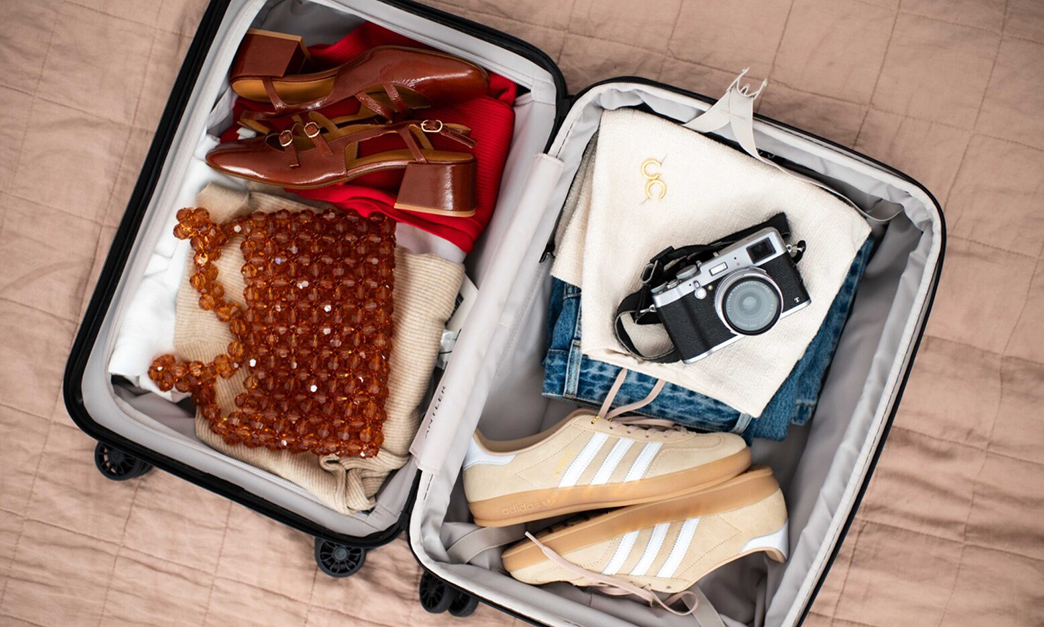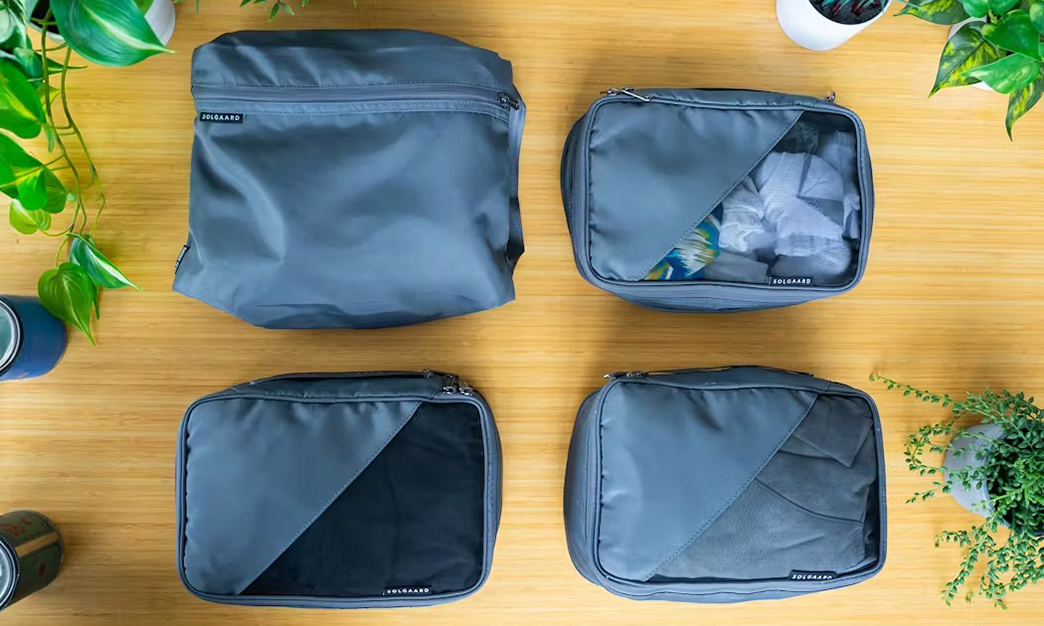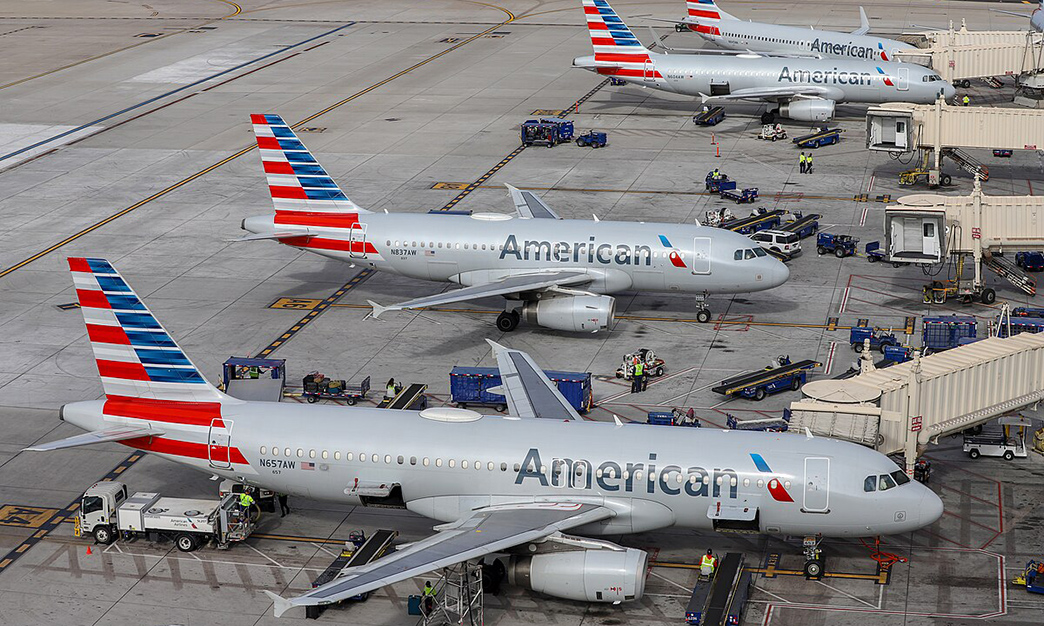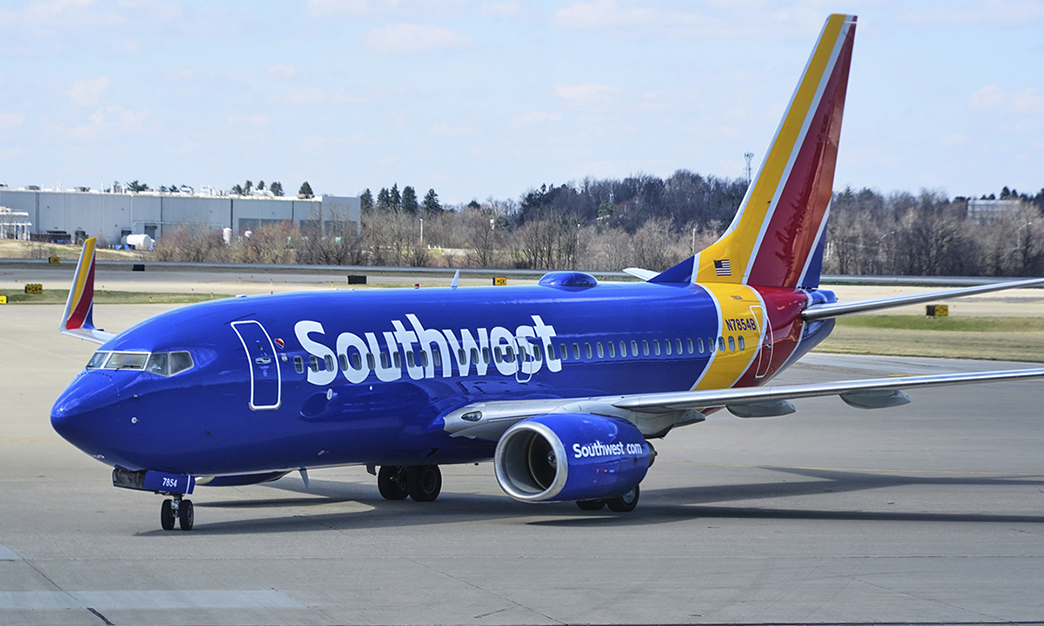Lessons Learned in Austin
The first time I set foot in Austin, Texas, I thought I was prepared. After all, I’d traveled through dozens of American cities and international destinations. But Austin isn’t just another dot on the map—it’s a city that surprises you, charms you, and sometimes even confuses you if you don’t know what to expect.
Looking back now, I can confidently say there were a dozen little things I wish I’d known before that first trip. From packing tips and budgeting strategies to navigating public transportation and hunting down the city’s best tacos, my Austin adventure was full of lessons. I want to share those lessons with you.
Think of this as my Austin survival and enjoyment guide, written with equal parts honesty, excitement, and the kind of detail you can only get from real experience.
Packing Essentials: What I Should Have Brought
When I first packed for Austin, I underestimated just how unpredictable the Texas weather could be.
- Light Layers Are Key: Austin’s climate is hot and humid in the summer (think 95°F+), but evenings can get surprisingly breezy, especially near Lady Bird Lake. I learned to pack breathable cotton shirts, one lightweight jacket, and comfortable walking shoes.
- Sun Protection: Sunglasses, sunscreen (SPF 30 or higher), and a wide-brimmed hat are absolute lifesavers. The Texas sun is no joke—I got sunburned on day two while exploring Barton Springs Pool because I thought 20 minutes outside didn’t require sunscreen. Rookie mistake.
- Swimwear: I didn’t pack a swimsuit the first time, which meant I had to buy one last-minute before heading to Barton Springs. If you love natural swimming holes or hotel pools, bring at least one.
- Reusable Water Bottle: Austin locals are big on sustainability, and refill stations are everywhere. Staying hydrated in the heat is essential.
Dressing the Austin Way
One thing I noticed immediately: Austin’s fashion sense is wonderfully casual and quirky.
- Daytime Attire: Shorts, sneakers, and breathable tops work fine. Even at restaurants, I rarely felt underdressed in casual wear.
- Evening Outfits: If you’re heading to live music venues on Sixth Street or upscale dining on South Congress, pack one or two nicer outfits. For men, a collared shirt and clean jeans are enough. For women, a sundress or chic top with sandals works well.
- Festival Style: If you’re visiting during Austin City Limits or SXSW, be ready for a mix of boho chic, cowboy hats, and funky accessories. I brought neutral clothes, and honestly, I felt underdressed compared to the crowd.
Austin Weather: What to Expect
Austin’s climate caught me off guard. Here’s what I learned:
- Summer (June–August): Scorching hot. Pack for 95–105°F and expect high humidity. Outdoor activities are best done early morning or late evening.
- Fall (September–November): Pleasantly warm, averaging 70–85°F. Festivals are everywhere, and this is arguably the best time to visit.
- Winter (December–February): Mild compared to northern states. Temperatures hover between 40–65°F, but occasional cold snaps can drop it below freezing.
- Spring (March–May): Gorgeous weather, with bluebonnets blooming across the countryside. Expect 60–80°F, perfect for hiking or day trips.
Understanding Austin’s Culture
Austin is unlike any other Texas city—it prides itself on being weird. Literally, the slogan is “Keep Austin Weird.”
- Music Scene: Everywhere you go, you’ll find live music—coffee shops, grocery stores, airport terminals. It’s not a cliché; it’s reality.
- Food Culture: Austin has one of the richest street food and barbecue cultures in the U.S. I learned quickly that locals are passionate about brisket, breakfast tacos, and craft beer.
- Community Vibe: The city feels inclusive, creative, and slightly rebellious. Street art murals tell stories of activism and individuality.
- Outdoor Lifestyle: Austinites love being outdoors—jogging along Lady Bird Lake, kayaking, or cycling through Zilker Park.
Budgeting for Austin
Austin is not as cheap as it once was, but it’s still manageable with smart planning.
- Accommodation: Mid-range hotels cost \$120–\$180 per night. Airbnb options range from \$90–\$150, depending on location.
- Food: Street tacos and food trucks average \$3–\$5 per taco. Sit-down meals run \$15–\$25 per person. Barbecue platters cost around \$25–\$30.
- Transport: Ride-shares within downtown average \$8–\$15. The public bus is \$1.25 per ride.
- Attractions: Many outdoor activities are free. Museums cost around \$10–\$15. Barton Springs Pool has a \$5 entry fee.
Public Transportation & Metro Cards
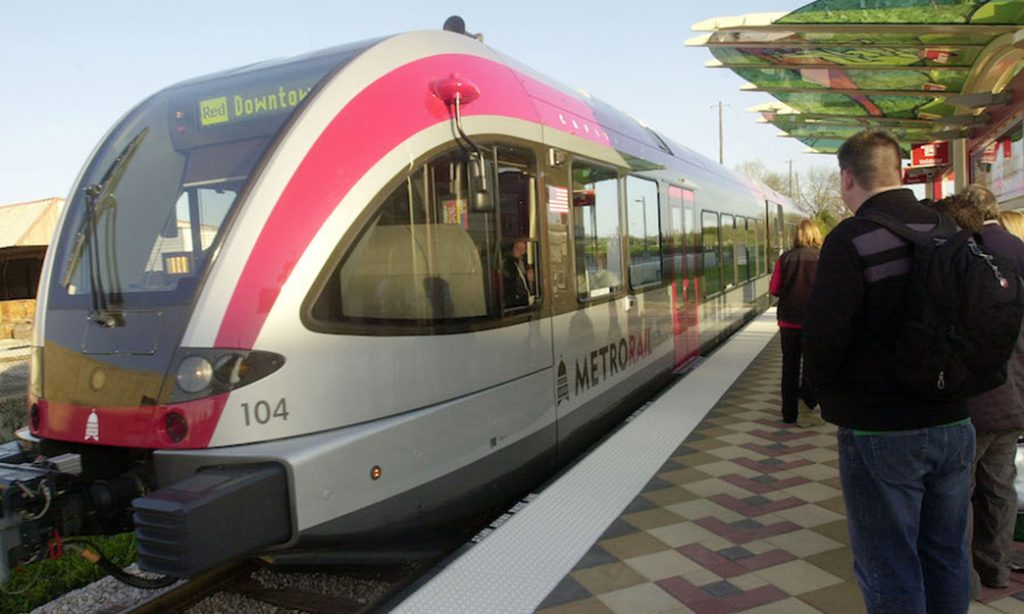
Austin doesn’t have a full subway system like New York or London, but it does have Capital Metro.
- Buses: Routes cover most of downtown and surrounding neighborhoods. One ride is \$1.25, and a day pass costs \$2.50.
- MetroRail: A single commuter rail line connects Leander (north) to downtown Austin. Tickets are \$3.50 one-way.
- Day Passes: You can buy a Capital Metro Day Pass on the CapMetro app, which saves you from fumbling with cash.
Comparisons
- New York Subway vs. Austin MetroRail: New York offers vast coverage and frequent trains, while Austin’s rail is limited but clean and efficient.
- London Tube vs. Austin Buses: London is expensive but extensive. Austin is cheap but limited, especially late at night.
My Experience
On my first day, I tried to rely on buses alone and ended up stranded after 11 p.m. Lesson: public transport is fine for daytime, but evenings often require ride-shares like Uber or Lyft.
Street Food in Austin
If there’s one thing Austin does better than almost any U.S. city, it’s street food.
- Breakfast Tacos (Veracruz All Natural): For \$4, I had a migas taco stuffed with eggs, cheese, tortilla chips, and avocado. Life-changing.
- BBQ Brisket (Franklin Barbecue Food Truck): Around \$12 for a brisket sandwich. Worth every penny and every minute of waiting.
- Tex-Mex (Torchy’s Tacos Food Truck): Their “Trailer Park” taco for \$5—fried chicken, cheese, lettuce, and poblano sauce—became my guilty pleasure.
- Sweet Treats (Gourdough’s Big. Fat. Donuts.): For \$7, I devoured a donut bigger than my hand, topped with cream cheese icing and strawberries.
Food Safety Tips
- Always check if a food truck has a posted health inspection score (most in Austin do).
- Stick to trucks with a steady line of locals—usually a good sign.
- Carry hand sanitizer (some trucks lack sinks).
SIM Cards & Connectivity
Staying connected was easier than I thought. At Austin-Bergstrom Airport, I bought a prepaid AT\&T SIM card for \$30 (5GB of data, unlimited calls/texts). Alternatives included T-Mobile (\$25) and Verizon (\$35).
Tip: Buy at the airport or a Target store. Convenience stores downtown often charge extra.
My 5-Day Austin Mini Itinerary
Here’s the plan I wish I had made before my first trip:
- Day 1: Explore downtown, visit the Texas State Capitol (free tours), and walk South Congress Avenue for shopping and murals.
- Day 2: Morning swim at Barton Springs Pool, afternoon at Zilker Park, evening live music on Sixth Street.
- Day 3: Visit Blanton Museum of Art (\$12 entry), then food truck hopping in East Austin.
- Day 4: Day trip to Hill Country wineries or Hamilton Pool Preserve.
- Day 5: Kayak Lady Bird Lake, brunch at Magnolia Café, and last-minute souvenir shopping.
Budget Adjustments
What I learned quickly: food and nightlife can eat up your budget. I recommend setting aside \$40–\$50 daily for meals if you want to enjoy both street food and sit-down restaurants. Transportation costs can be cut down by buying a \$2.50 daily bus pass.
Recommended Day Trips
- San Antonio (1.5-hour drive): Explore the Alamo and River Walk.
- Fredericksburg (1.5–2 hours): Texas Hill Country wineries and German heritage.
- Hamilton Pool Preserve (45 minutes): A stunning natural swimming hole.
Travel Insurance
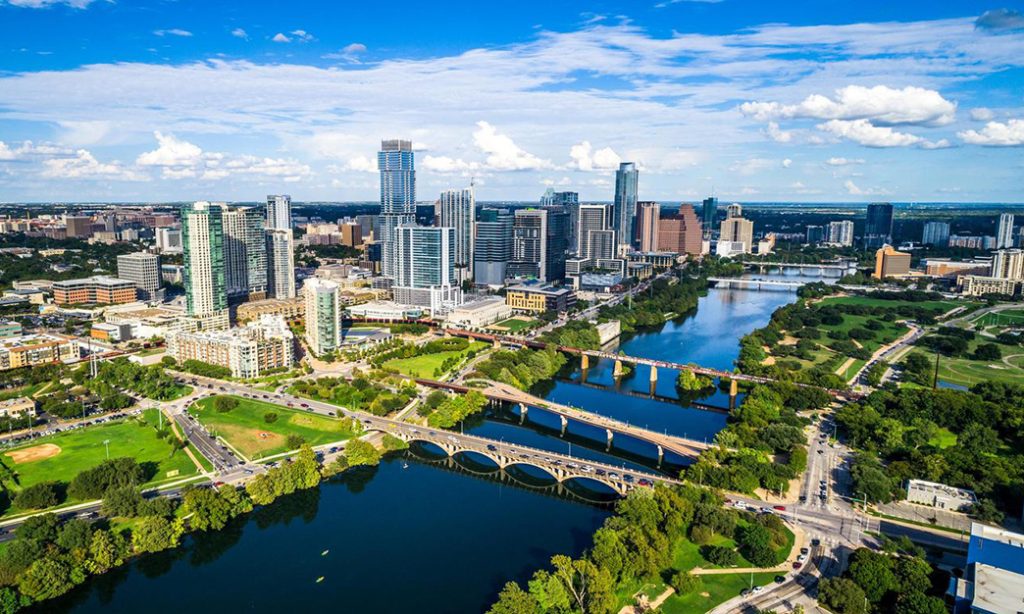
For peace of mind, I used World Nomads Explorer Plan, which cost me about \$75 for one week in the U.S.
- Coverage Included: Trip cancellation, medical emergencies up to \$100,000, and baggage loss.
- My Experience: I didn’t need to use it, but the reassurance was priceless. Austin’s outdoor activities (kayaking, swimming, hiking) made me glad I had coverage in case of accidents.
Austin Changed the Way I Travel
My first Austin trip taught me that preparation is about more than booking flights and hotels. It’s about knowing the local culture, packing wisely, budgeting realistically, and embracing the city’s quirks.
I wish I’d known how casual yet vibrant Austin’s vibe really was, how vital hydration and sun protection would be, and how much joy I’d find in a \$4 breakfast taco.
Now, when I help others plan their Austin trips, I always share these tips—because a little foresight goes a long way in turning a good trip into an unforgettable one.
